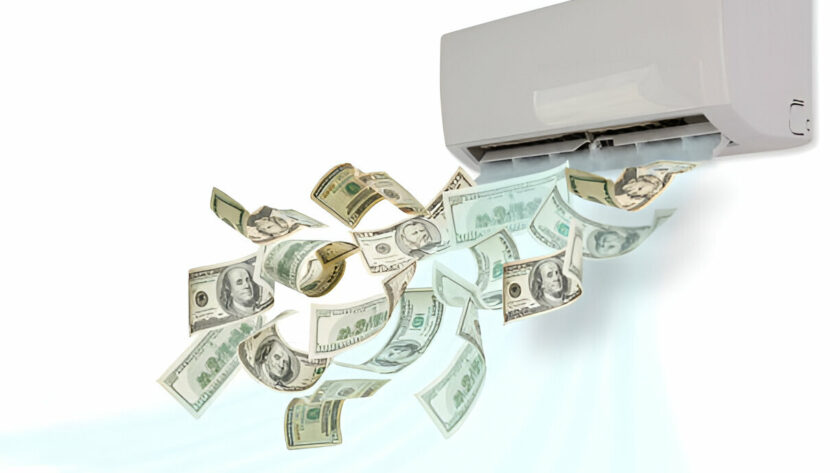Installing a new HVAC system is a significant investment for any homeowner. However, with careful planning and smart decisions, you can significantly reduce the costs associated with this essential home improvement project.
This guide will explore five practical tips to help you save money on your HVAC installation without compromising on quality or comfort. By following these strategies, you’ll be well-equipped to make informed choices that benefit both your home and your wallet.
Contents
Choose an Energy-Efficient System
An energy-efficient HVAC system saves money long-term. Choose high SEER-rated ACs and high AFUE-rated furnaces for lower energy use and reduced bills.
While energy-efficient systems may have a higher upfront cost, they often pay for themselves through reduced energy consumption over time. Additionally, many energy-efficient models qualify for rebates and tax incentives, further offsetting the initial investment.
Consider the long-term savings when making your decision, as a more efficient system can significantly reduce your monthly energy expenses.
Time Your Installation Strategically
The timing of your HVAC installation can have a significant impact on the overall cost. HVAC companies often offer discounts during their off-peak seasons, typically in spring and fall. During these periods, demand for installations is lower, and companies may be more willing to offer competitive pricing to secure your business.
By planning your installation during these off-peak times, you can potentially save hundreds of dollars on labor costs. Additionally, scheduling your installation during milder weather allows for a more comfortable transition period as you adjust to your new system. This strategic timing can lead to a smoother installation process and potential cost savings.
Explore Rebates and Tax Incentives
Take advantage of available rebates and tax incentives to reduce your HVAC installation costs. Many utility companies offer rebates for installing energy-efficient systems, which can significantly offset your initial investment. Research local and federal tax credits that may be available for upgrading to a more energy-efficient HVAC system.
Don’t hesitate to ask your HVAC contractor about potential rebates and incentives. They often have up-to-date information on available programs and can help you navigate the application process.
By combining these financial incentives with your energy-efficient system choice, you can maximize your savings both upfront and in the long run.
Optimize Your Home’s Insulation
Before installing a new HVAC system, assess and improve your home’s insulation. Proper insulation helps maintain a consistent indoor temperature, reducing the workload on your HVAC system. Focus on areas such as the attic, walls, and floors to minimize heat transfer between your home and the outside environment.
Investing in insulation upgrades can lead to significant energy savings and allow you to install a smaller, less expensive HVAC system. A well-insulated home requires less heating and cooling, which translates to lower energy bills and reduced wear on your HVAC equipment.
Consider having a professional energy audit to identify areas where insulation improvements can have the most impact.
Get Multiple Quotes and Compare Options
Don’t settle for the first HVAC installation quote you receive. Obtain multiple quotes from reputable contractors to compare prices, equipment options, and service packages. This process allows you to identify the best value for your investment and potentially negotiate better terms.
When comparing quotes, look beyond the bottom line price. Consider factors such as the contractor’s experience, warranty offerings, and post-installation support. A slightly higher quote from a more experienced contractor may offer better long-term value through quality installation and reliable service.
Be sure to ask for detailed breakdowns of costs to ensure you’re comparing apples to apples across different quotes.
Conclusion
Saving money on your home HVAC installation doesn’t mean compromising on quality or comfort. By choosing an energy-efficient system, timing your installation strategically, exploring rebates and incentives, optimizing your home’s insulation, and comparing multiple quotes, you can significantly reduce your overall costs.
Remember, the goal is to balance upfront savings with long-term efficiency and reliability. With these tips in mind, you’ll be well-prepared to make a smart investment in your home’s comfort and energy efficiency.




